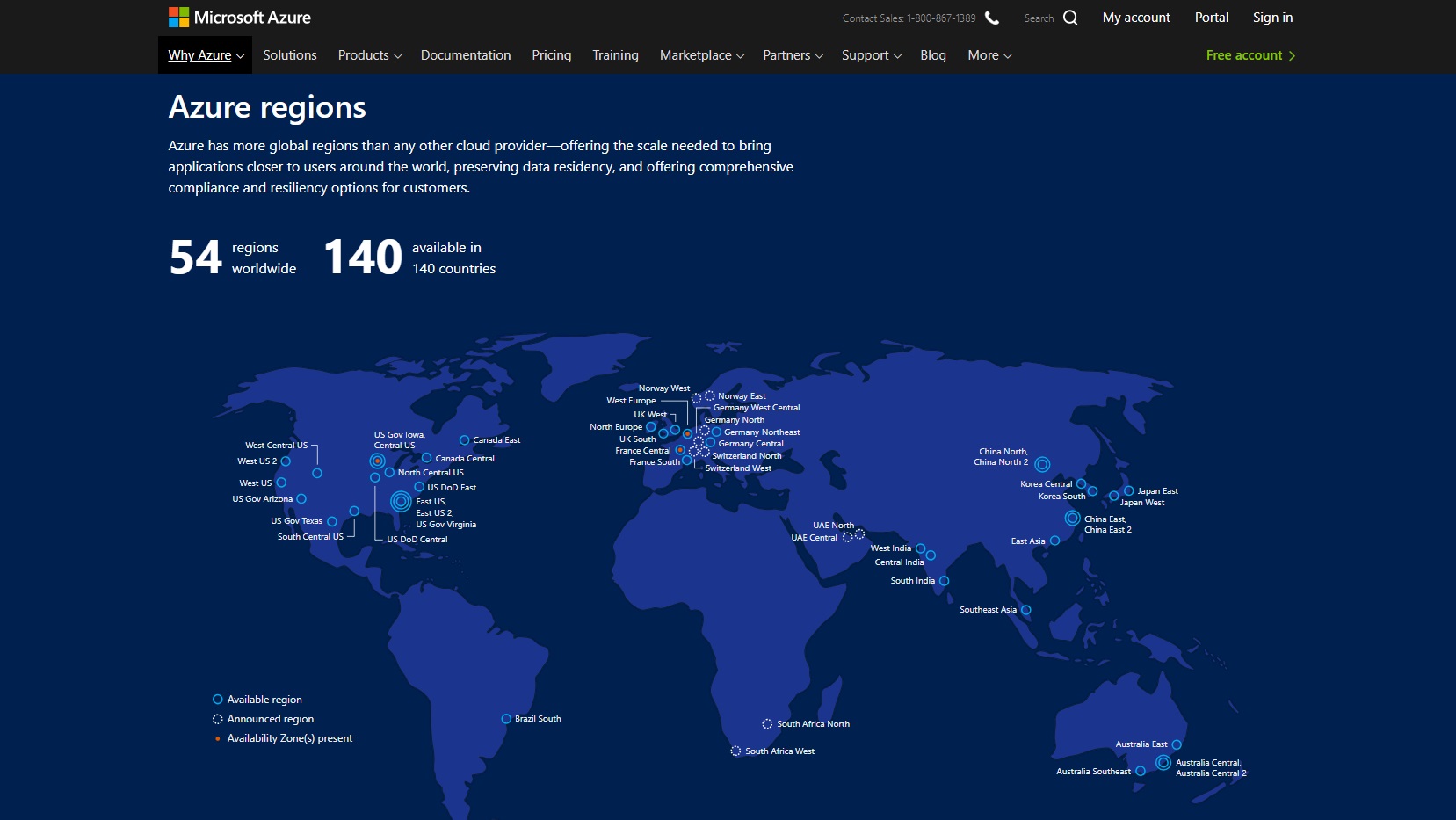What is cloud computing?
Demystifying the power of computing over the internet

Cloud computing is a popular buzz-phrase on the internet, with a Google search revealing 103 million occurrences of the term.
Cloud computing refers to delivering on-demand computing services, originally storage, and now more recently processing power and apps, over the internet, with companies using this on a pay-as-you-go basis.
History of cloud computing
Despite the modern popularity of cloud computing, the notion of computing over a network goes some decades back to 1961. An MIT professor, John McCarthy, considered a ‘founding father’ of artificial intelligence, in an address at their centennial celebration prophetically spoke: “Computing may someday be organized as a public utility just as the telephone system is a public utility. Each subscriber needs to pay only for the capacity he actually uses, but he has access to all programming languages characteristic of a very large system … Certain subscribers might offer service to other subscribers … The computer utility could become the basis of a new and important industry.”
The first use of the actual term cloud computing is more modern dating to August 9th, 2006 at the Search Engine Strategies Conference. It is credited to Google CEO Eric Schmidt who said: “What's interesting [now] is that there is an emergent new model.... It starts with the premise that the data services and architecture should be on servers. We call it cloud computing – they should be in a 'cloud' somewhere. And that if you have the right kind of browser or the right kind of access, it doesn't matter whether you have a PC or a Mac or a mobile phone or a BlackBerry or what have you – or new devices still to be developed – you can get access to the cloud.”
For over a decade ago, these words are quite visionary- except the part about BlackBerry, although not surprising in retrospect that Google’s Android mobile platform debuted just over a year later, which for sure has contributed to the popularity of cloud computing.

Cloud computing and business
Cloud computing does simplify things for companies. The burden of owning your own data center and company infrastructure is gone. Rather, the company can then rent the applications, processing power, and storage they need from their cloud service provider. Costs at the front end are reduced, and the company only pays for what they actually need and use, with the ability for it to grow as needed, on demand. Also, the maintenance and updates are all done by the cloud service provider, reducing the tasks for in house IT.
The first half of cloud computing is the cloud. While the cloud is not local to the computer, there is some variation to where it is located. For example, there is the term public cloud where the company is not responsible for the upkeep of the server.
Are you a pro? Subscribe to our newsletter
Sign up to the TechRadar Pro newsletter to get all the top news, opinion, features and guidance your business needs to succeed!
Its counterpoint is private cloud, where the company takes on the maintenance, and is physically at the location, known as on-premises cloud, or more remote at a data center. Private cloud is often used for more data sensitive applications to maintain control of the data for a higher level of security.
A popular solution today combines aspects of a private cloud with a public cloud, gaining advantages of distributing the workloads for optimal performance, which is known as a hybrid cloud solution. There is also the variant of a community cloud where multiple organizations create and maintain their own cloud solution in a collaborative effort.
Software-as-a-Service
The other half of cloud computing is the computing part, and these days just about any application that does not have the requirement that you need to be in close physical proximity to the computing hardware is amenable to cloud computing.
These cloud computing applications get placed into several categories. A popular one is SaaS, which is known as Software-as-a-Service. Other variants of cloud computing applications include PaaS (Platform-as-a-Service), and IaaS (Infrastructure-as-a-Service).

A popular example of SaaS is the Microsoft Office 365 suite. Rather than run the program locally, Office 365 is sold as a subscription. For the price of $9.99/month, all the Microsoft Office applications are included. Advantages include that the software, as it is hosted on their server, is continuously kept up to date, and documents are backed up to the cloud for reliable storage, and ease of sharing.
Other popular examples of SaaS include Adobe Creative Cloud, Slack, DocuSign and Salesforce.com.

Platform-as-a-Service
PaaS is the second type of cloud-based computing platform, complete with an operating system, a programming language execution environment, as well as a database.
A popular example of a PaaS is Microsoft Azure, which is used by top organizations including Toyota, UPS and Coca-Cola - in fact Microsoft claims that 90% of Fortune 500 companies use it. The hosting is done across 54 Azure datacenter regions available in 140 countries.
Folks use Microsoft Azure for a variety of diverse projects, including management of SQL relational databases, cloud-based Microsoft or Linux based virtual machines, and cloud based web apps via Microsoft Azure WebApps. Other examples of PaaS include IBM SmartCloud, the open source RedHat OpenShift, the Google App engine, and Java-based CloudBees.
Infrastructure-as-a-Service
The third main category of cloud computing is Infrastructure-as-a-Service (IaaS). In this variant, the goal is to provide virtualized computing resources through the internet, with the cloud provider hosting a full suite of infrastructure services, including servers, storage, and networking, and a virtualization layer- in essence everything that would be required at an onsite data center.
IaaS provides essential services such as security, log access, monitoring services, and storage resiliency to provide a more robust offering than if it was hosted locally, with a turnkey solution.
There are many examples of IaaS, with popular ones including Amazon Web Services, Rackspace Open Cloud, Google Compute Engine, and Apache CloudStack. In fact, Amazon Web Services is so popular, that last year all of the entire companies operating income was derived from their cloud offering.
With the power of shared resources in the cloud, whether for software, as a platform, or an entire infrastructure, it is no wonder that cloud computing has enjoyed such large popularity.
For all indications it really looks like when it comes to the future of cloud computing, the sky's the limit.
- These are the best cloud hosting services of 2019
Jonas P. DeMuro is a freelance reviewer covering wireless networking hardware.